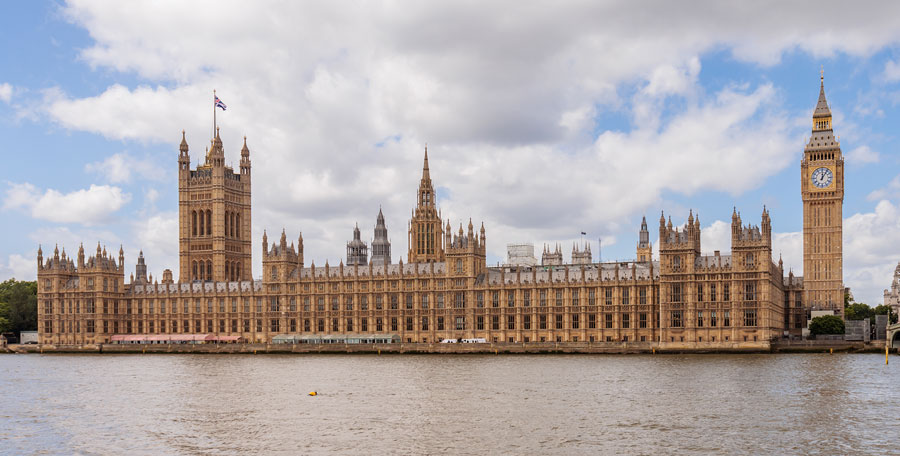
The boundary of the parliamentary constituency of Filton and Bradley Stoke (FaBS) looks set to be adjusted at its western and eastern extremities following the publication of ‘final draft’ recommendations by the Boundary Commission for England (BCE).
The commission is undertaking an independent review of all constituencies in England as requested by parliament. The number of electors within each constituency currently varies widely due to population changes since the last boundary review. The current review, due to be completed by summer 2023, will rebalance the number of electors each MP represents.

Each constituency that the commission recommends must contain no less than 69,724 parliamentary electors, and no more than 77,062 (except in England for two ‘protected’ constituencies for the Isle of Wight).
In order to satisfy this constraint, the number of constituencies covering the City of Bristol is being increased from four to five, through the creation of a new Bristol North East constituency
The growing number of people living in Bristol means that, even though the number of MPs across the country is being cut, in Bristol there will now be five MPs instead of four through the creation of a new Bristol North East constituency. This will straddle the city border and take in the four South Gloucestershire wards of New Cheltenham, Kingswood, Woodstock, and Staple Hill & Mangotsfield (parts of the latter currently being within FaBS).

The electorate of the existing Thornbury and Yate constituency, at 69,688, is slightly below the permitted range, and has to be increased. To achieve this, the commission proposes expanding the constituency to include the South Gloucestershire ward of Pilning & Severn Beach, which currently lies within FaBS.
Another adjustment will see Almondsbury and Hortham Village transferred from FaBS to Thornbury & Yate, leaving the constituency boundaries coaligned with the M4 & M5 motorways in this area.
It is also proposed to move the Emersons Green ward into FaBS, with the commission justifying this on the grounds that it “has good transport links with the rest of the constituency, along the A4174”.
During a previous consultation phase, members of the Conservative Party had argued for a radically different approach that would have seen the whole of South Gloucestershire split into East and West constituencies. This counter-proposal was rejected by the commissioners who felt “the relatively compact area of Filton and Bradley Stoke, which was adjacent to Bristol, would be included in a constituency that extended north to the boundary with Stroud”.
Bizarrely, the concept of an East/West South Gloucestershire split was first proposed by the Boundary Commission itself during a review process that started in 2011 and trundled on until 2018, before being formally abandoned in 2020.
The resultant constituency electorate counts in the latest proposals are:
- Filton and Bradley Stoke 73,598
- Thornbury and Yate 74,935
- Bristol North East (new) 69,793
A four-week public consultation on the final draft proposals opened on 8th November
2022 and runs to 5th December 2022.
To find out more, visit the consultation portal at www.bcereviews.org.uk
Timeline
The BCE is required to make a formal final report to the Speaker of the House of Commons before 1st July 2023, recommending any changes that it believes are appropriate to the distribution, size, shape, name or designation of constituencies in England.
The government must turn the recommendations of the BCE (and those of the equivalent Commissions for the other three parts of the UK) into an ‘Order in Council’ that implements the recommendations. The constituencies set out in the order will then be implemented for the next general election after the date on which the legislation is approved.
The next general election is scheduled to be held no later than January 2025, in accordance with The Dissolution and Calling of Parliament Act 2022.
More information and related links
- Guide to the 2023 Review of Parliamentary constituencies (BCE)
- Proposals for the South West (BCE)
- Revised proposals for new Parliamentary constituency boundaries in the South West region [PDF; 2.8MB] (BCE, November 2022)
- Map showing proposed boundary for FaBS [PDF; 6.1MB] (BCE)
- Elections in Bradley Stoke (The Journal)



